Inspired by the Book is a series of interviews with Connecticut College folks about their literary lives. Inspiration comes from The New York Times Book Review series called By the Book.
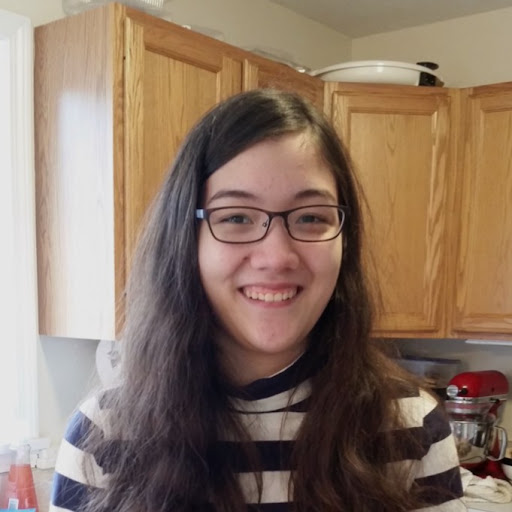
An interview with Hana Tanabe ‘22, who worked as a Shain Library intern for the Fall 2022 semester. Hana graduated from Connecticut College with a major in East Asian Studies and a minor in theater. She is currently working at a local public library while studying to earn her MLIS at the University of Rhode Island.
What books are on your night stand?
Oooh boy. Not on my nightstand, but here’s what’s on the little shelf next to my bed at the moment. We’ve got, among other things, a historical fiction classic I really need to get around to reading, a sci-fi classic I’m a bit scared to start, a prequel to a teenage favorite, a sequel to a childhood favorite that I was unaware existed until this year, and some fifty cent books I saw at a local used bookstore that had dragons on them, so of course I had to pick them up. I’ve got even more in my backlog elsewhere in my room, but let’s not dwell on that.
Describe your ideal reading experience (when, where, what, how).
Ideally? It’s snowing outside, I’m curled up underneath a blanket (or two), I have a cup of hot chocolate to nurse, there’s a fire crackling in the fireplace, and my cat is within petting distance. In reality? I’m probably sprawled out in some odd position in my bed at two o’clock at night, thinking “Just one more chapter” while the bags under my eyes get bigger and bigger. Also, my cat would probably try to eat my book if I tried to read next to him, so I’ve already given up on that dream.
Which genres do you especially enjoy reading? Any which you avoid?
I really enjoy speculative fiction: fantasy, sci-fi, dystopian fiction, that sort of thing. I’ve enjoyed books of almost every genre, but there’s something about diving into a completely fictional, fantastic world that keeps me coming back to those genres in particular. I appreciate it when you can tell an author poured their hearts into hand-crafting a new world, giving their readers a glimpse at its histories, cultures, and rules, magical, scientific, or otherwise. I’m not sure if there’s a specific genre I actively avoid, though I suppose I do get annoyed when I think romance has been shoehorned into a novel just for the sake of having a romantic subplot.
What kind of reader were you as a child? Which childhood books and authors stick with you most?
It was hard to find me without a book in my hands when I was little! I constantly jumped from one story to the next, looking for a new world and new characters to get attached to. Now, I find myself taking more time between each book, due to both a much more busy schedule and the feeling of not wanting to move on from a story I loved too fast. However, one thing remains the same: Watership Down was, and still is, my favorite book of all time.
How do you organize your books?
That’s the funny thing, I don’t! At least not consciously. When I look at my shelves, there is some rhyme and reason to it. I keep books in the same series together, and my small collection of graphic novels are all tucked into the same corner. The rest of my books I’ve stuck into my bookcase based on what fits where, or what I’ve been reading most recently. I’ve also got a few favorites on standby on a separate shelf, just in case I want to dive back into a familiar world.
Do you count any books as guilty pleasures, or comfort reads?
Like I said earlier, it often takes me a while to move on from a book and start a new one (I don’t want to feel like I’m betraying its characters, yes, I’m silly and irrational). Sometimes it takes me ages to pick up something new, but that’s not because I’m not reading – it’s because I’ve decided to reread, and stay in a world I’m familiar with. And more often than not lately, those rereads are my tween/teenage favorites. Hence why there’s a Dragon Rider and Hunger Games book on my bedside shelf.
Do you prefer books that reach you emotionally, or intellectually?
Do I have to choose one? I guess if I had to, I’d say I prefer books that reach me emotionally. If I’m reading for my own entertainment, I’d much rather read a book that has me crying over its characters than a book that’s lecturing me. However, for a book to have really struck a chord with me, it generally also needs to have made me think. After all, even if the setting is fantastical, the best literary conflicts have a clear basis in reality, and an author that is calling for reflection.
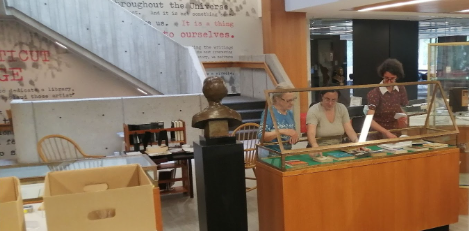
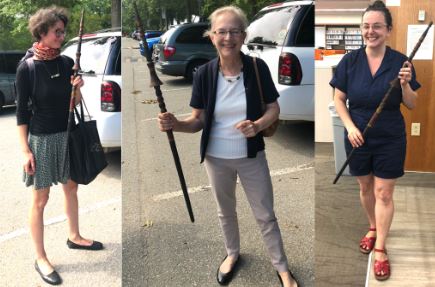
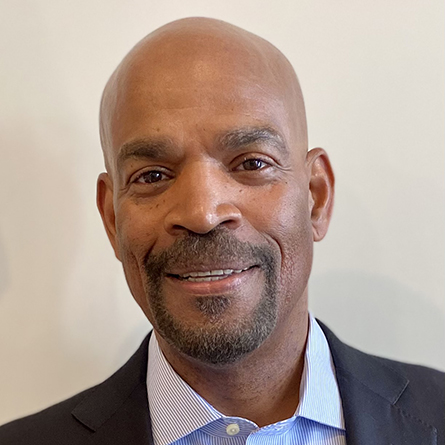
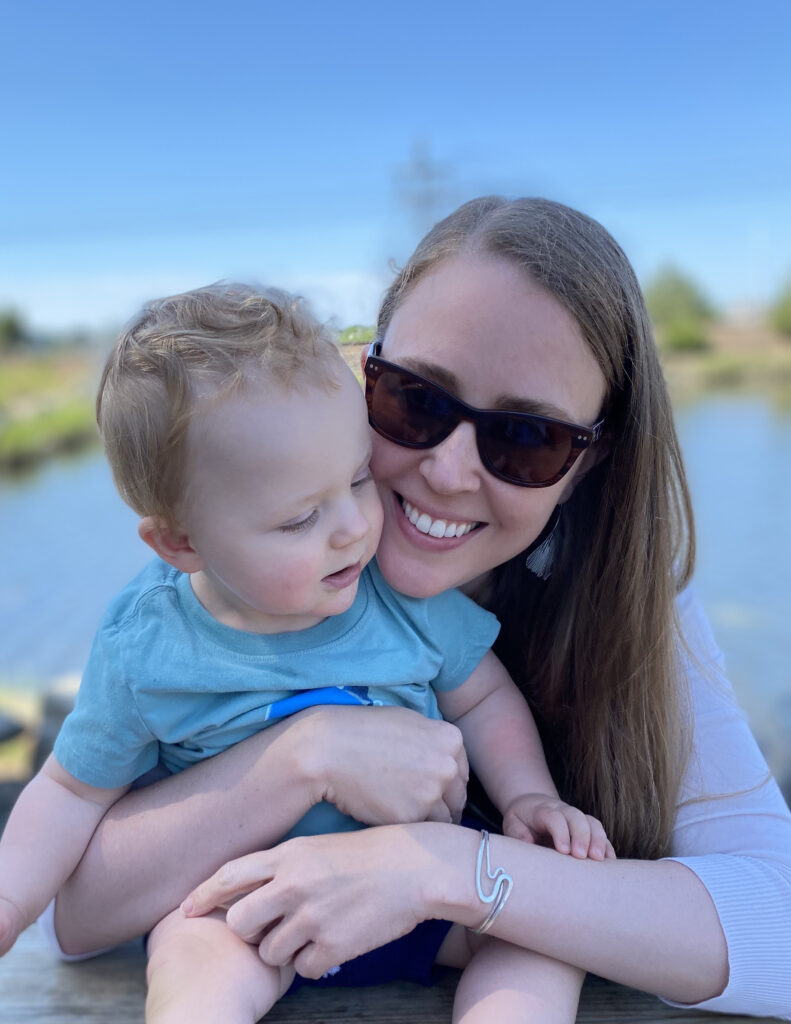
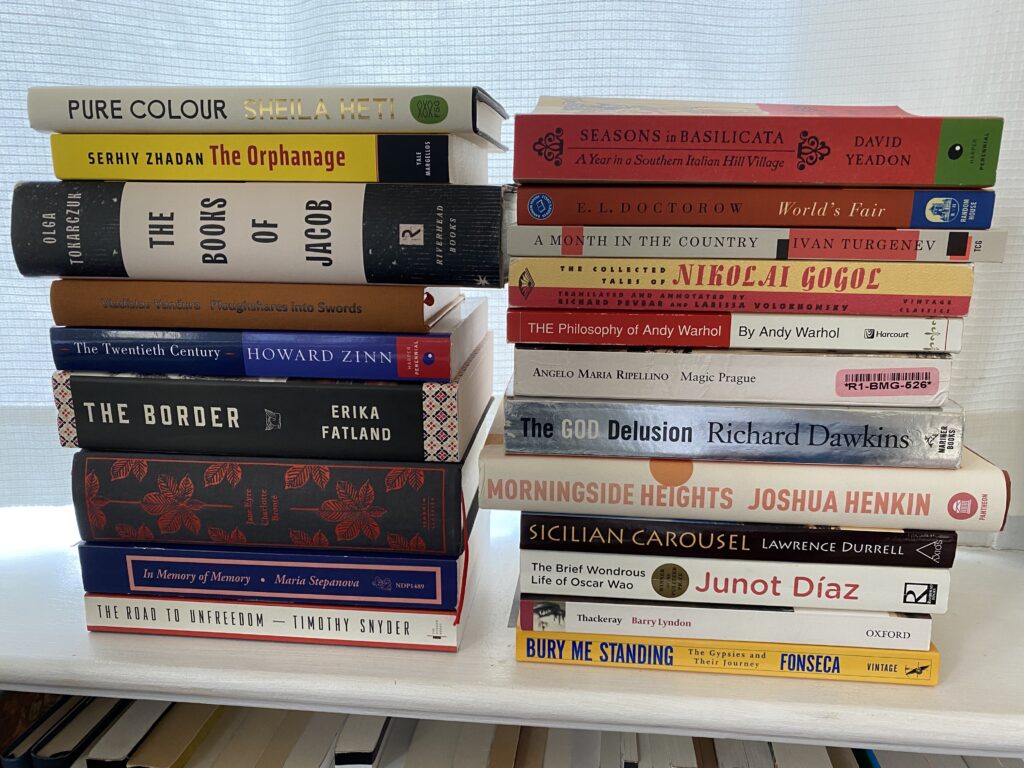
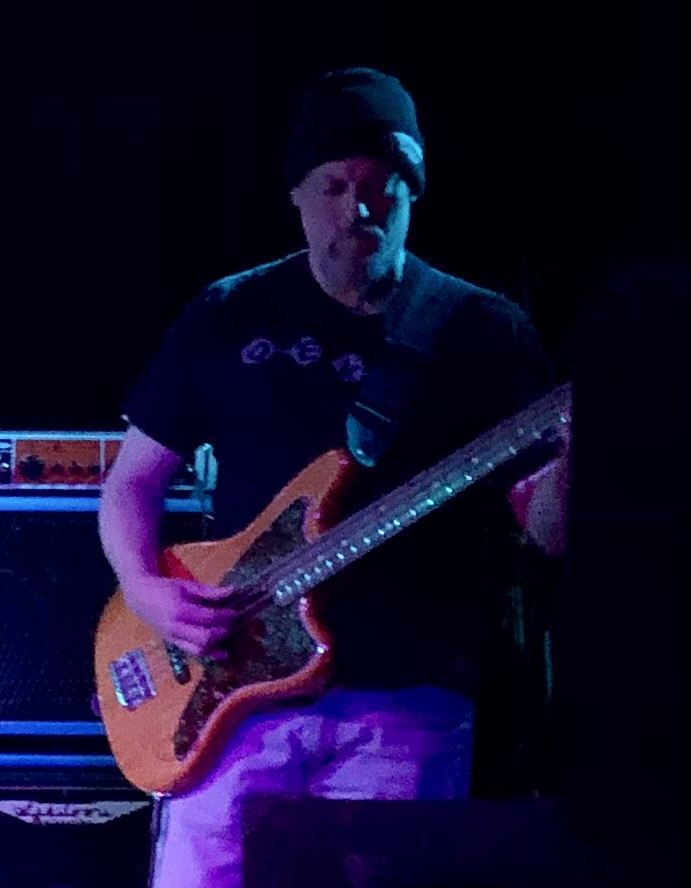
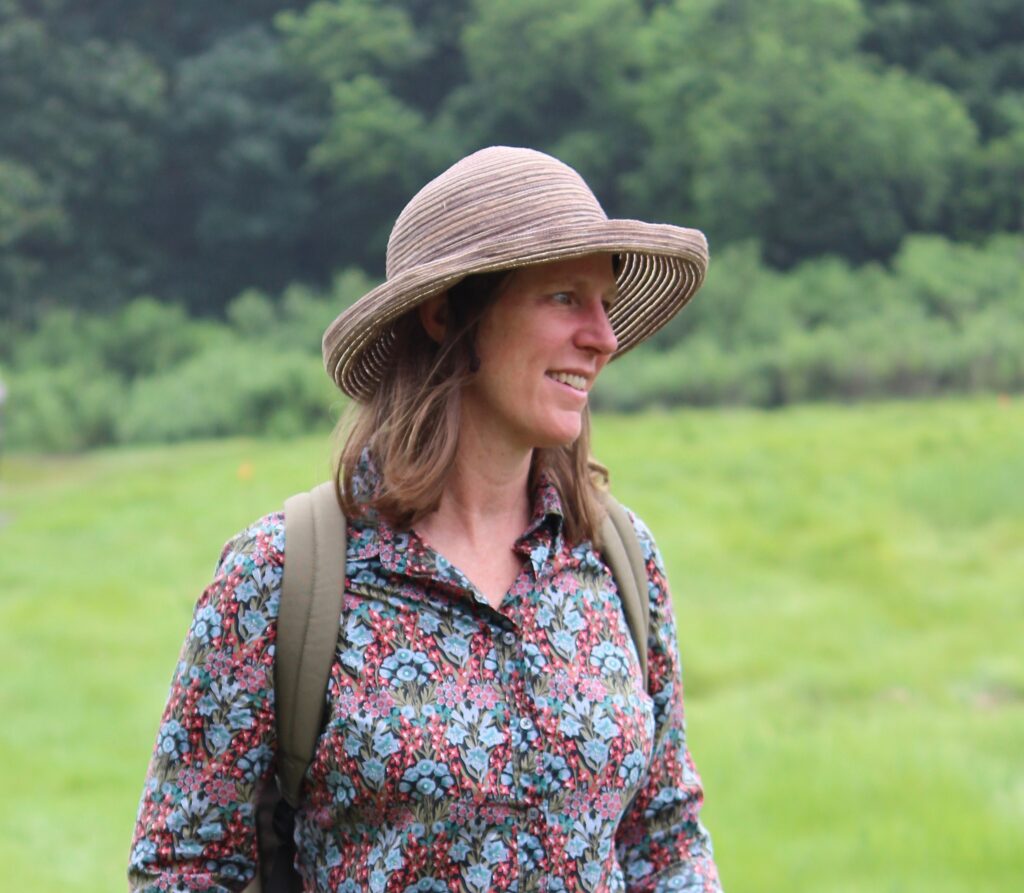
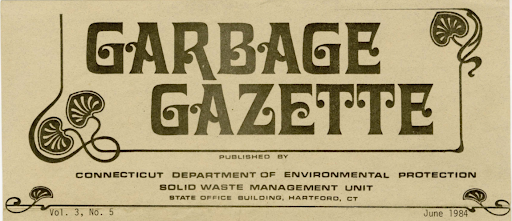
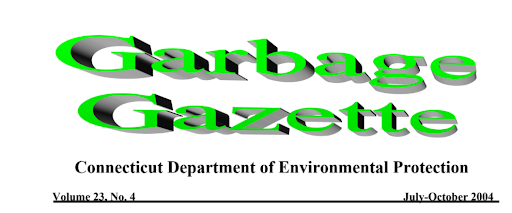
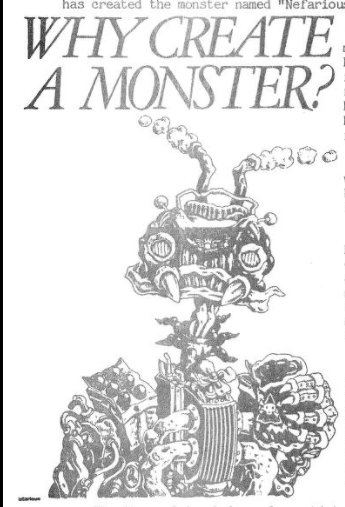
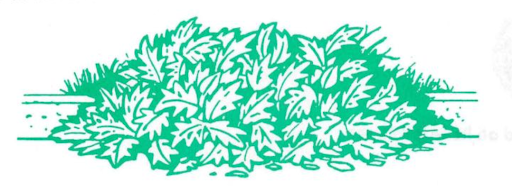
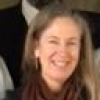
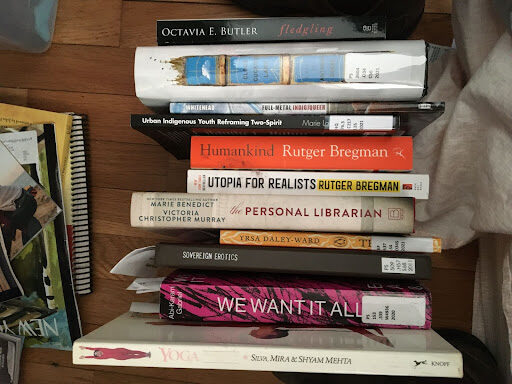
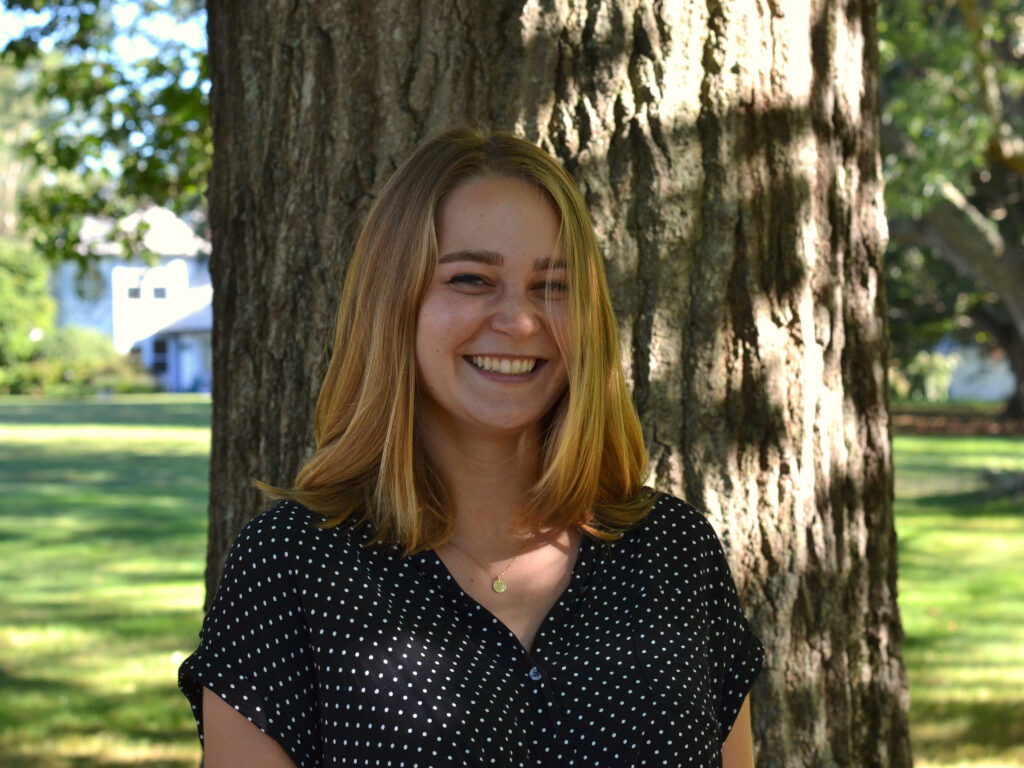
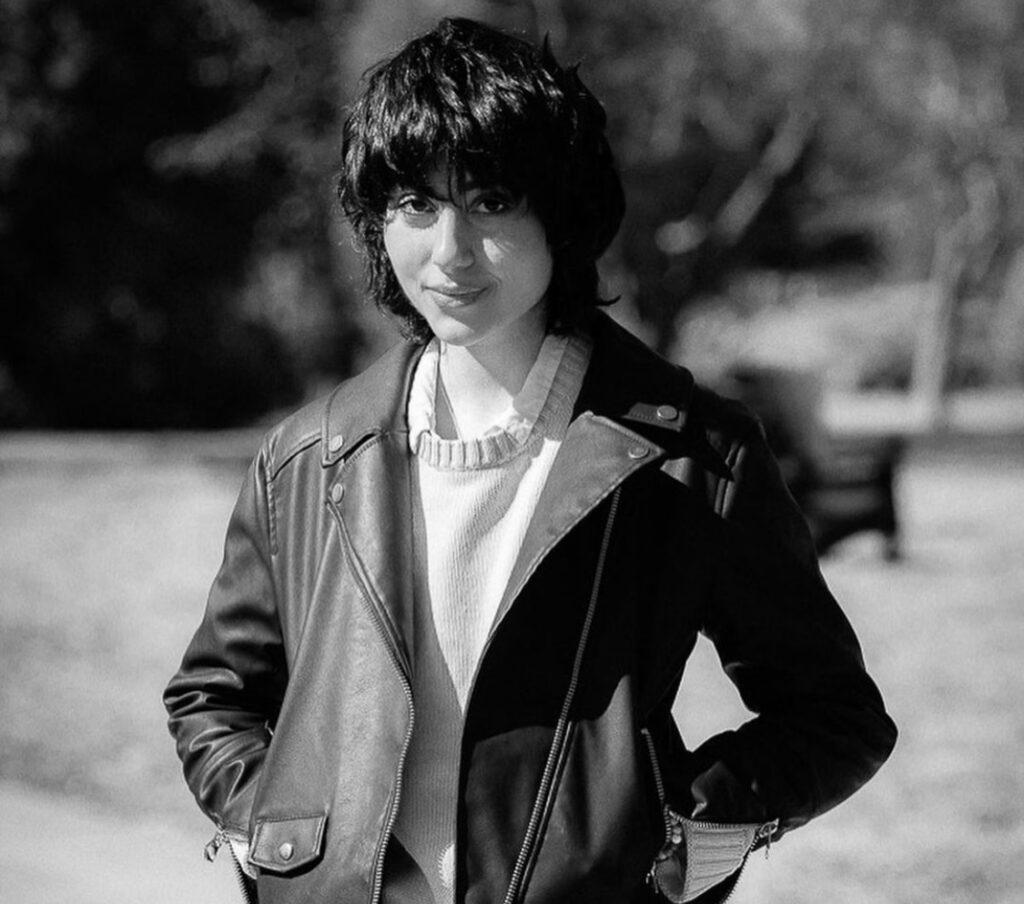
Recent Comments